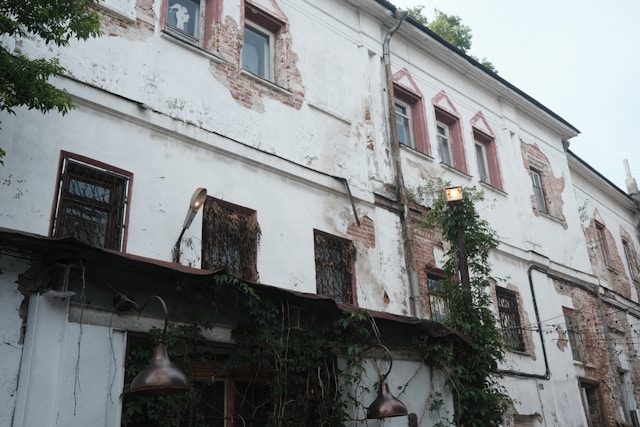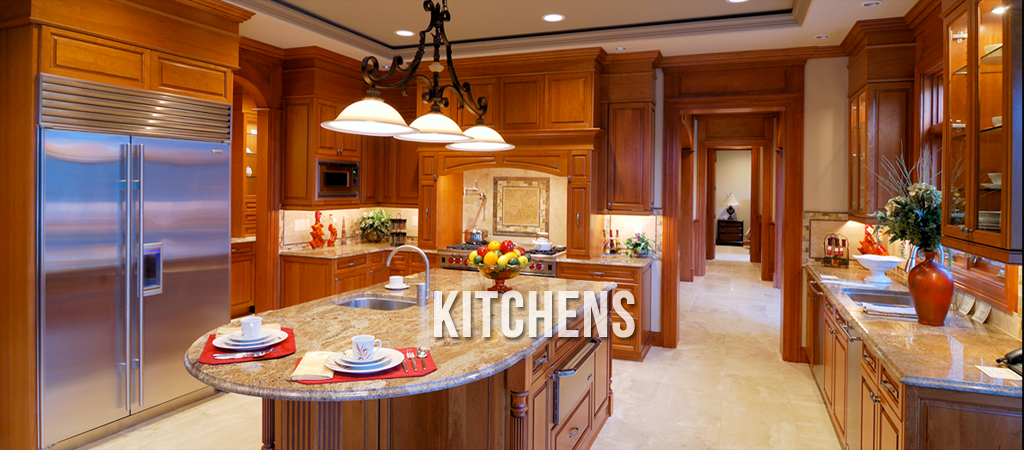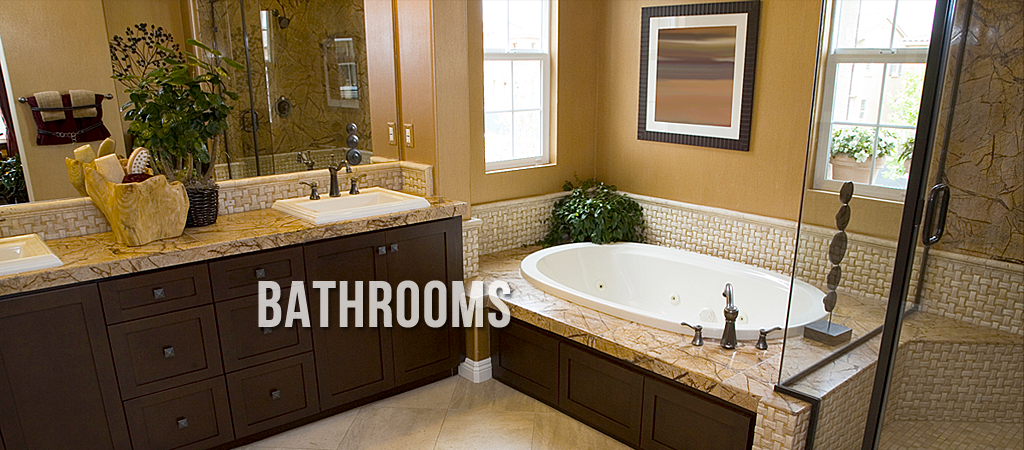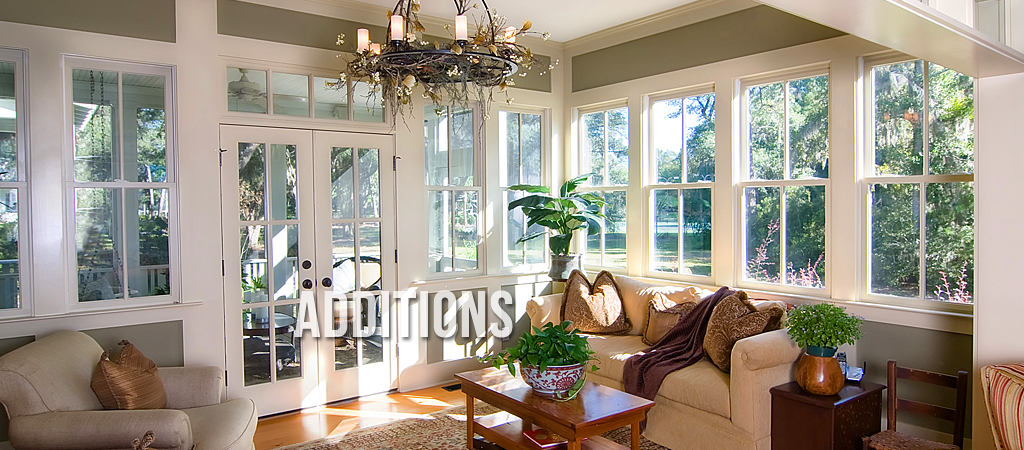You’ll face unique challenges when renovating a 1920s rowhouse in D.C.’s historic districts, where preserving architectural character must balance with modern building codes. Touchstone Remodelers tackled this balance by custom-replicating period-accurate trim profiles while integrating hidden energy improvements like foam insulation and efficient HVAC systems. Their approach delivers the best of both worlds—authentic historic charm with the comfort, performance, and increased home value that comes from modern energy standards.

Challenges of Restoring 1920s DC Rowhouses in Historic Districts
When restoring a 1920s DC rowhouse, you’ll face the dual challenge of preserving architectural character while meeting modern energy codes. Touchstone Remodelers tackled this balance by custom-replicating historic trim profiles using traditional methods and regionally sourced hardwoods. They simultaneously satisfied DC’s strict energy requirements through hidden upgrades including air-sealed windows, foam insulation, and efficient HVAC systems—all concealed behind period-accurate millwork.
Overview of architectural constraints, limited material availability, and energy code requirements when restoring early 20th-century homes in Washington, D.C
While restoring historic rowhouses in Washington, D.C. presents remarkable opportunities to preserve architectural heritage, it also creates a perfect storm of regulatory and practical challenges for remodelers. You’ll face strict preservation guidelines requiring historic trim replication alongside rigorous energy code renovation DC standards. Original materials are scarce, often requiring a DC preservation contractor with custom knife millwork DC expertise and air sealing rowhouse renovation knowledge.
Custom Historic Trim Replication with Authentic Detail
Touchstone Remodelers preserved the rowhouse’s historic character through meticulous trim replication, scanning original moldings to create precise custom profiles. Their craftsmen selected regionally milled hardwoods matching the home’s 1920s period materials, ensuring authentic replacement of crown moldings, casings, and baseboards. You’ll appreciate how they used traditional millwork techniques alongside modern tools to recreate these architectural details, maintaining the home’s historic integrity while accommodating new energy-efficient systems.
Step-by-step on how Touchstone scanned, matched, and reproduced original crown moldings, casings, and baseboards using custom millwork tools and historically accurate wood species
Preserving the authentic character of a century-old rowhouse requires meticulous attention to architectural details often overlooked in standard renovations. Touchstone’s process began with 3D scanning original trim, creating detailed profiles for reproduction using custom millwork tools. Craftsmen employed traditional scarf joint techniques for historic crown molding reproduction and carefully restored roulette casings using regionally milled hardwoods that matched the species, grain, and finish of period-authentic materials.
Integrating Energy Code Compliance Without Compromising Design
You’ll need to fulfill D.C.’s rigorous energy codes when updating your historic rowhouse, but preserving architectural character doesn’t mean sacrificing efficiency. Touchstone Remodelers achieved this balance by strategically installing air-sealed windows, foam insulation, and modern HVAC systems behind period-accurate millwork. Their approach ensures homeowners enjoy improved comfort and performance while maintaining the authentic aesthetic of a 1920s Washington rowhouse.
Breakdown of insulation upgrades, window replacements, air sealing techniques, and how Touchstone met D.C.’s energy efficiency requirements while preserving period-accurate aesthetics
When balancing historic integrity with modern energy standards, the team at Touchstone Remodelers faced a significant challenge in the 1920s DC rowhouse project. Their thorough 1920s DC rowhouse restoration addressed efficiency without sacrificing character:
- Air-sealed windows and foam insulation that passed DC blower door test retrofit requirements
- Double-pane replica sash windows DC that maintained historical accuracy while improving performance
- Hidden HVAC upgrades behind period-accurate millwork crafted by their historic trim replication contractor
Blending Modern Craftsmanship with Historic Integrity: Results for the Homeowner
You’ll appreciate how this 1920s rowhouse restoration balances authentic heritage with modern performance. The custom-replicated trim profiles and regionally milled hardwoods preserve the home’s historic character while concealing energy-efficient upgrades like foam insulation and air-sealed windows behind period-accurate millwork. These thoughtful integrations not only maintain architectural integrity but also deliver tangible benefits including improved comfort, reduced energy costs, and enhanced property value.
Project outcomes including energy savings, seamless visual restoration, and increased resale value—all delivered with a commitment to both heritage and performance.
The restoration of this 1920s DC rowhouse yielded remarkable outcomes for the homeowner, striking an ideal balance between heritage preservation and modern performance upgrades.
You’ll enjoy these tangible benefits:
- Energy savings through DCRA-compliant historic window requirements and moisture-resistant trim installs
- Seamless visual restoration with retrofit crown molding that honors your home’s character
- Increased property value from premium baseboard replacement in your historic home




